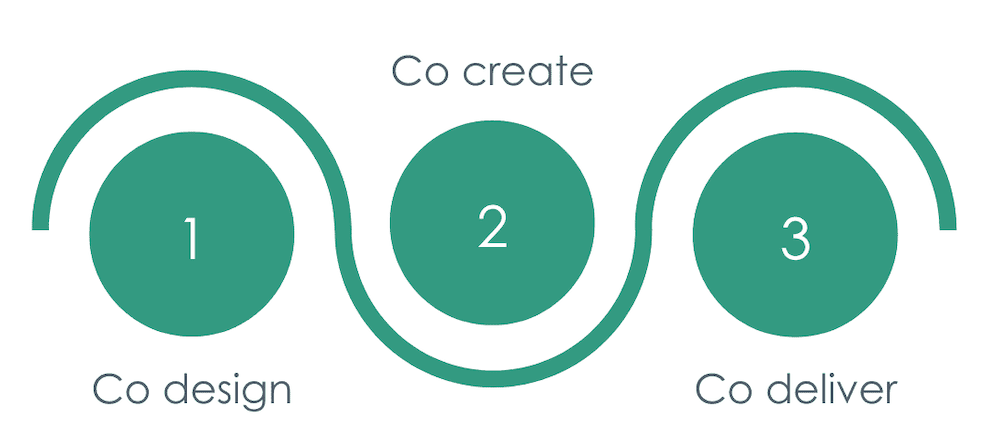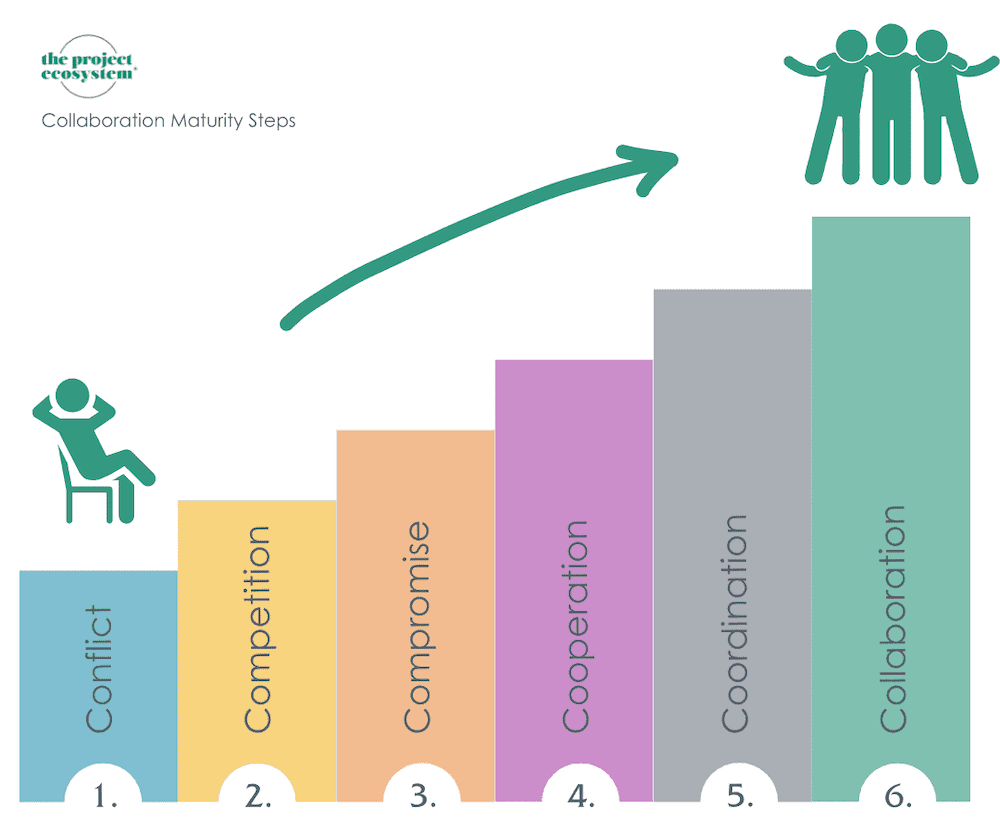Collaboration takes practice

Recent Blogs
Leading in the Grey
Why Project Teams should start with curiosity, not connection
Unlearning is the leadership skill nobody talks about
Conflict handled well is a doorway to trust
Life keeps teaching until we listen
When values clash: conflict or opportunity?
Before the Plan, comes the Pause
The First Five Minutes: what your project team vibe reveals
Butterflies before bravery: why leaders overthink tough conversations
Have we been educated or managed out of collaborative habits?
Collaboration refers to the process of working together with one or more people or groups to achieve a common goal or objective. Collaboration involves sharing ideas, knowledge, skills, and resources to reach a shared understanding and to work towards a common purpose.
Enter project teams. Each project team member will come from different parts of an organisation or will be external to the organisation and from different suppliers.
Project teams are like puzzle pieces, each person has their unique shape and colour. When fitted together correctly, they create a beautiful and complete picture. Collaboration involves finding the right combination of pieces to achieve project success.
“Alone we can do so little; together we can do so much” – Helen Keller
When project teams practice collaboration, they work more effectively to co design processes, co create solutions, and co deliver actions.

Figure 1 Collaboration in action (Source: Jeanette Cremor)
Unfortunately, not all project teams will know what collaboration is; and it is not consultation.
When someone joins a project team, they will bring with them preconceived ideas what will and won’t work; they may think it is easy to solve the problem and be close minded to alternate solutions; they may think they need to have all the answers or they will no longer be recognised as the subject matter expert…and other limiting beliefs to the benefits of collaboration.
Project teams should be encouraged to engage cross-functions and organisation boundaries, be curious, listen to understand, test innovative ideas and have difficult conversations as a way of learning and practicing collaboration.
Take a moment to identify where your team is today on the collaboration maturity steps.

Figure 2 Collaboration Maturity Steps (Source: Jeanette Cremor)
Benefits of collaboration
- Enhanced creativity and innovation: Collaboration brings together individuals with different skills, backgrounds, and perspectives, fostering the exchange of ideas and new ways of thinking that can lead to breakthroughs and innovative solutions.
- Improved problem-solving: When people work together, they can pool their knowledge and expertise to analyse problems from different angles and find solutions that are more comprehensive and effective than what any one person could have achieved alone.
- Increased efficiency and productivity: Collaborating on a project can help to streamline workflows, reduce duplication of effort, and make the most of everyone’s strengths and abilities, resulting in faster and more efficient work processes.
- Better decision-making: Collaboration allows team members to share their ideas, opinions, and insights, helping to ensure that decisions are informed and well-considered, and that all perspectives are taken into account.
- Stronger relationships and teamwork: Collaboration promotes communication, trust, and mutual respect among team members, which can lead to better working relationships, increased job satisfaction, and greater engagement and commitment to the team’s goals.
- Shared knowledge and learning: Collaborating with others can provide opportunities to learn from one another, share best practices, and build skills and expertise that benefit everyone involved.
Do you see evidence of your team practicing collaboration to co design – co create – and co deliver?
Have your FREE Collaboration Guide delivered to your inbox. Click here.
